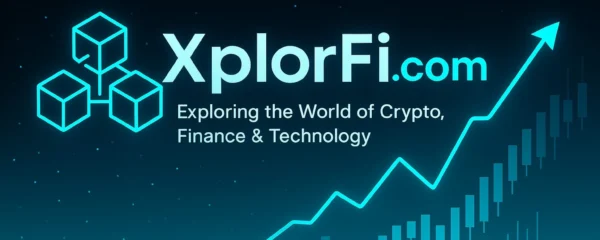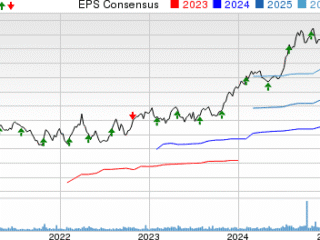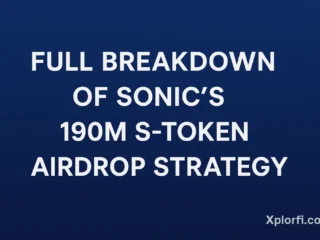Ghana Banking Sector Surpasses Expectations in H1 2025
Ghana’s banking sector delivered a remarkable performance in the first half of 2025, with profits that are hard to ignore. Profit-after-tax surged by 32.6% to GH¢7.2 billion, while profit-before-tax climbed 32.2% to GH¢10.8 billion compared to June 2024. This growth was driven by several factors, including stronger interest income, a sharp rebound in other income, and lower impairments. Net interest income rose by 20.2% to GH¢14.2 billion, and other income increased by 52.2%. Operating income also saw a significant jump of 24.4%.
Deposits reached GH¢280.1 billion, and banks have shifted their balance sheets further toward investments, which now account for 42.3% of assets. These figures highlight the dynamic changes in the financial landscape and are complemented by two major policy-rate cuts in July (-300 bps to 25%) and September (-350 bps to 21.5%), which have reset the cost of money heading into 2026.
Government Economic Agenda: Space, Signals, and Trade-offs
The improved profitability of banks and healthier capital/asset-quality indicators have contributed to a reduction in systemic risk. This, in turn, helps the government’s funding program, as a more resilient banking system can better absorb government bills and bonds at auction, smoothing rollover risk and borrowing costs.
With the policy rate now at 21.5% (as of September 17, 2025) and disinflation gaining momentum through Q3, Treasury funding costs are expected to trend lower on a lag, aiding consolidation targets outlined in the 2025 Mid-Year Fiscal Policy Review. This includes measures related to foreign exchange stability, deficit reduction, and reserve building. The feedback loop is clear: safer banks lead to steadier auctions and a smoother disinflation path.
Intermediation & Growth
According to the Bank of Ghana’s Credit Conditions Survey, there has been an improvement in household credit demand and steady appetite from large corporations. This aligns with the goals of the policy easing, as banks can expand lending without jeopardizing their buffers, supporting the real-sector growth agenda in manufacturing, construction, and trade.
Risks to Watch
Despite the positive trends, the headline non-performing loan (NPL) ratio remains elevated, even if it is improving. Both the government and the Bank of Ghana must maintain pressure on loan recovery frameworks and underwriting standards to ensure that cheaper money does not lead to weaker credit quality, especially as rate cuts work through pricing and volumes.
Businesses and Corporates: Margins, Money-Markets, and the Cost of Capital
Lower policy rates have led to a decrease in the hurdle rate for businesses. Two consecutive policy cuts—July’s -300 bps and September’s -350 bps—should, with a lag, ease base lending rates and the corporate weighted average cost of capital. Expect refinancing windows for working-capital facilities and term loans, improved debt-service coverage, and more viable capital expenditure at current demand levels.
Cash-Management Tailwinds
In H1, banks shifted their focus toward government investments, which now constitute 42.3% of their assets, while deposits rose to GH¢280.1 billion. For treasurers, this has meant competitive money-market pricing. As policy rates fall, yields will drift lower, nudging corporates back toward inventory build, receivables financing, and selective expansion. Sector-wise, construction (cement sales up 8.5% YoY in May) and trade (retail sales up 38.6% YoY in May) already showed momentum.
But Discipline Matters
The bank-profit surge was supported by other income (up 52.2%) and lower impairments; however, if margins compress with falling rates, lenders will lean harder on volume, fee income, and cost control. Corporates with clean financials will price better and access faster financing, while those with weak cash flows will face tighter covenants even in an easing cycle.
Households: Transmission, Relief, and Inclusion
Households should see a gradual decline in loan rates on personal, SME-owner, and mortgage products as policy cuts pass through base rates and reference benchmarks. This supports big-ticket purchases and eases debt service into 2026. The BoG survey picked rising demand for mortgages and consumer credit in Q2, signaling appetite if pricing improves.
Savings Math is Changing
As interbank and bill yields drift down, fixed-income returns will cool from H1 highs. Households will need to rebalance emergency funds vs. return-seeking products and watch fee drag. Financial literacy around rate resets, refinancing options, and inflation-adjusted returns will be decisive for preserving real wealth as inflation trends toward target.
Consumer Protection & Credit Quality
With banks chasing volume, the policy priority is responsible lending: clear disclosures, stress-tested affordability, and early-warning systems to avoid a post-easing spike in delinquencies that could erase household gains. The BoG’s emphasis on NPL reduction and underwriting standards is therefore critical.
Sustainability Lens: Building a Safer, Greener Intermediation Cycle
Stronger profits, recapitalization progress, and improving solvency/liquidity have expanded the system’s ability to finance long-duration, productivity-raising projects, including energy transition and resilient infrastructure, without sacrificing stability metrics. The BoG’s stress tests and resilience analysis underscore that profit retention and adequate liquidity have improved shock absorption.
Crowding-in Private Investment
As sovereign borrowing costs decline and macro stability improves, banks can allocate more balance-sheet room to private-sector credit, supporting green buildings, efficient transport fleets, and climate-smart agriculture. The 2025 fiscal review outlines policy measures (fx stability, consolidation) that, if sustained, can crowd-in private capital at scale.
Key Numbers that Move Finance (H1-2025)
- PAT: GH¢7.2 bn (+32.6% YoY).
- PBT: GH¢10.8 bn (+32.2%).
- Net interest income: GH¢14.2 bn (+20.2%).
- Other income: +52.2%.
- Operating income: +24.4%.
- Deposits: GH¢280.1 bn; Investments: 42.3% of assets; Impairments: –14.8%.
- Policy rate: 25.0% (Jul 30) and 21.5% (Sept 17).
Conclusion
Ghana’s banking sector has turned a decisive profitability corner just as monetary policy pivots to support growth. The numbers that move finance—profits, deposits, asset mix, and the policy rate—are aligned for a more affordable cost of capital, stronger public-finance execution, and measured relief for households.
The opportunity now is to convert profits into productive lending while keeping a tight grip on underwriting and NPLs. If the government sustains consolidation and disinflation, and banks channel balance-sheet strength into real-economy credit, Ghana can carry this H1 surge into inclusive, sustainable growth through 2026.







No Comments